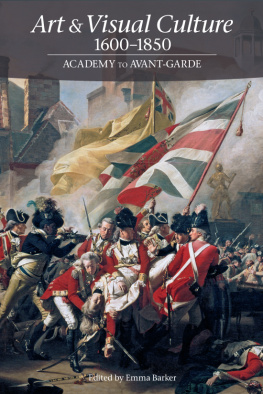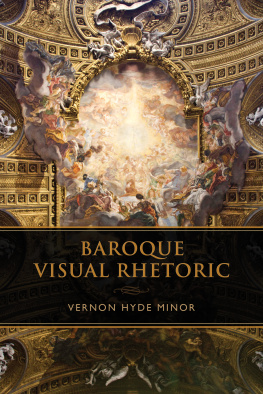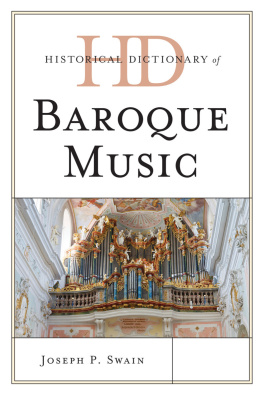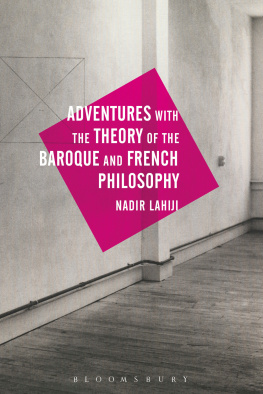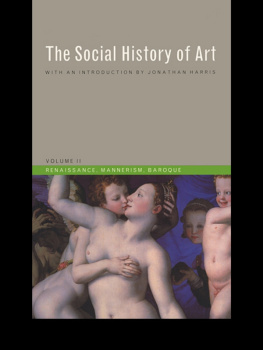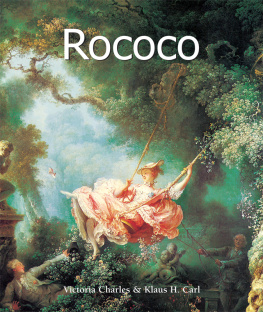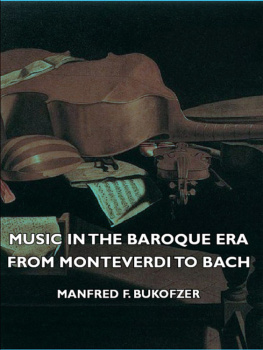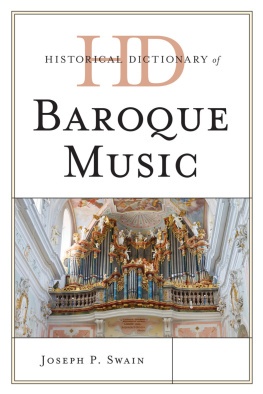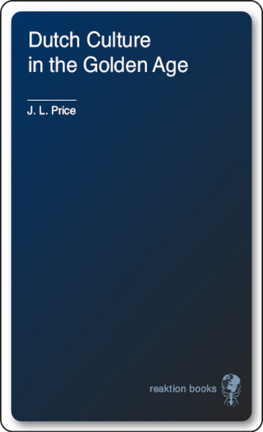Introduction
Emma Barker
This book offers an introduction to the history of western art between c.1600 and c.1850. Rather than attempting a survey of developments, it consists of a series of case studies, all of which have been selected both for their intrinsic interest and for the broader issues that they raise. Each also considers some of the approaches that have been used in studying the art of this period. These range from long-established methods employed by art historians over many decades to the current concerns of scholars working in the expanded field of what is now often defined as visual culture. In particular, attention is paid to the ways in which the practice of art was informed by growing awareness of the wider world outside Europe. The overall aim is to provide a historical and theoretical framework for analysing, interpreting and explaining works of art produced during this period.
From function to autonomy
The most important idea for the purposes of this book is the concept of art itself, which came to be defined in the way that we still broadly understand it today over the course of the centuries explored in this book. This concept rests on a distinction between art, on the one hand, and craft, on the other. It assumes that a work of art is to be appreciated and valued for its own sake, whereas other types of artefact serve a social function. A significant step in this direction was made by a group of painters and sculptors who in 1563 set up an Accademia del Disegno (Academy of Design) in Florence in order to distinguish themselves from craftsmen organised in guilds. Their central claim was that the arts they practised were liberal or intellectual rather than mechanical or practical. After 1600, academies of art were founded in cities throughout Europe, including Paris (1648) and London (1768) (chapter 5). Most offered training in architecture as well as in painting and sculpture. A decisive shift took place in the mid eighteenth century, when the three arts of design began to be classified along with poetry and music in a new category of fine arts (a translation of the French term, beaux-arts). Other arts, such as landscape gardening, were sometimes included in this category (chapter 4). Architecture was occasionally excluded on the grounds that it was useful as well as beautiful, but the fine arts were usually defined in terms broad enough to encompass it. One writer, for example, described them as the offspring of genius; they have nature for model, taste for master, pleasure for aim.1
To chart what these conceptual shifts meant in practice, we can borrow the categories elaborated by the cultural theorist Peter Brger, who outlines a long-term shift away from the functions that art traditionally served.2 Such functions continued to play an important role after 1600, especially in the seventeenth century, when academies were rare outside Italy and many artists still belonged to guilds. As in the medieval period, the primary function was religious (or, in Brgers terminology, sacral). The so-called Counter Reformation gave a great boost to Roman Catholic patronage of the arts, as the church sought to renew itself in the aftermath of the Protestant Reformation (chapter 1). It was in this context that the word propaganda originated; it can be traced back to 1622 when Pope Gregory XV (reigned 162123) founded the Congregazio de Propaganda Fide (Congregation for the Propagation of Faith) in Rome. The commitment to spreading the faith that this organisation embodied helped to shape art not just in Europe but in every part of the world reached by the Catholic Missions, notably Asia and the Americas, throughout the period explored here (Plate 0.1). The churches that rejected the authority of Rome also played a role in supporting sacral art, primarily architecture since their use of other art forms was limited by Protestant strictures against Popish idolatry.3 Even in Catholic countries, however, the religious uses of art slowly declined relative to secular ones. The seventeenth century is the last in western art history in which a major canonical figure like the Italian painter Michelangelo Merisi da Caravaggio (15711610) might still be a primarily religious artist (Plate 0.2).
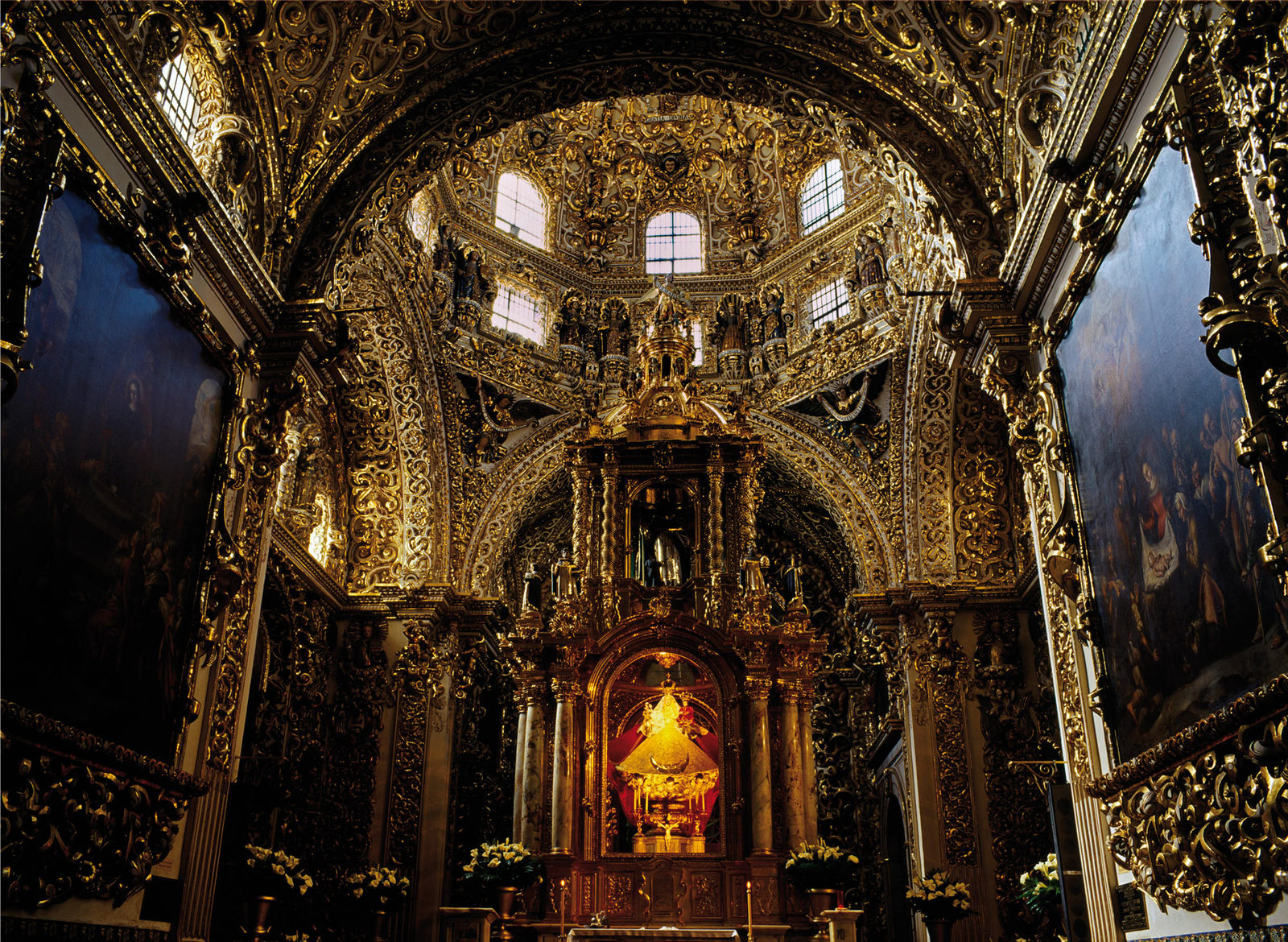
Plate 0.1Chapel of Our Lady of the Rosary (Capilla del Rosario), Church of Santo Domingo, Puebla, Mexico, 163290. Photo: Martin Barlow/Art Directors.
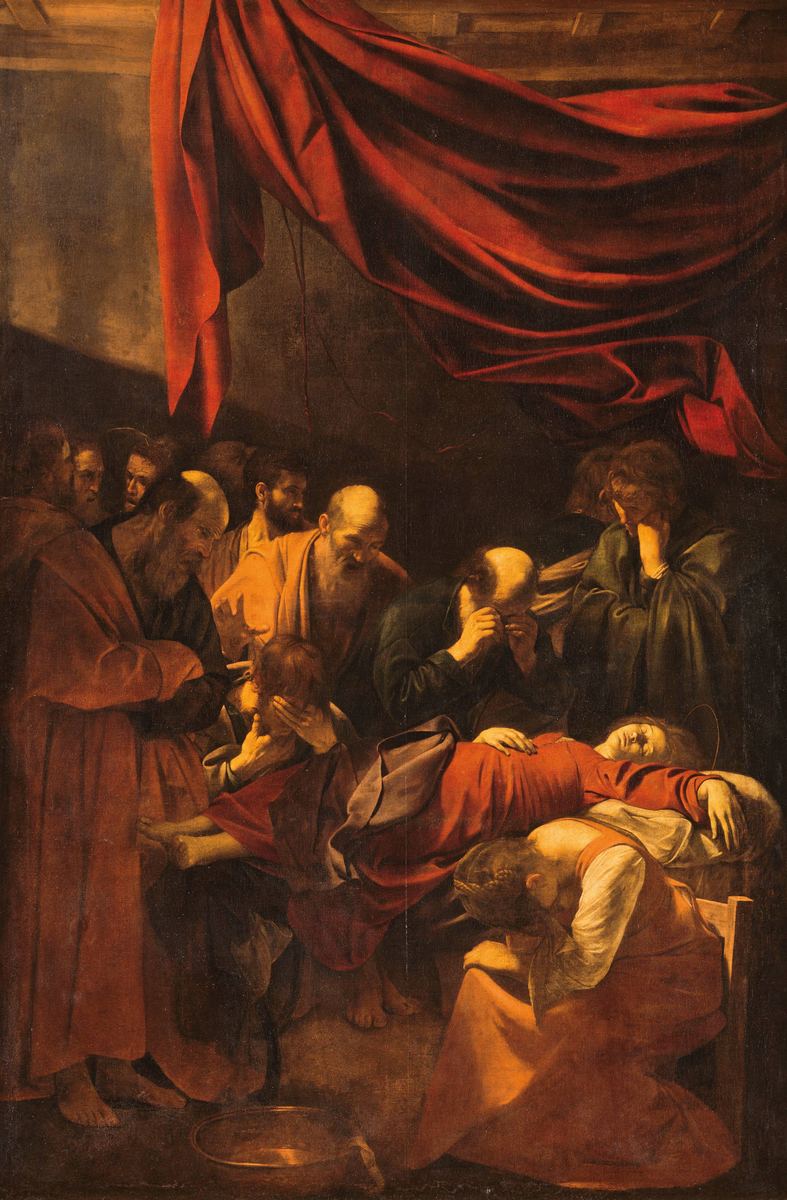
Plate 0.2Michelangelo Merisi da Caravaggio, The Death of the Virgin, 160103, oil on canvas, 369 245 cm. Muse du Louvre, Paris, inv. 54. Photo: RMN/Ren-Gabriel Ojda.
By 1600, it was courtly art (Brgers second category) that increasingly prevailed in much of Europe.4 As in the Renaissance, artists served the needs of rulers by surrounding them with an aura of splendour and glory. In this context, art was integrated into the courtly or aristocratic way of life, as part of a culture of spectacle, which functioned to distinguish the nobles who frequented the court from other social classes and to legitimate the rulers power in the eyes of the world.5 The consolidation of power in the hands of a fairly small number of European monarchs meant that their need for ideological justification was all the greater and so too were the resources they had at their disposal for the purpose. Exemplary in this respect is the French king Louis XIV (ruled 16431715), who harnessed the arts to the service of his own autocratic rule in the most conspicuous manner imaginable. From 1661 onwards, he employed the architects Louis Le Vau (1612/131670) and Jules Hardouin-Mansart (16481708), the painter Charles Le Brun (161990) and the landscape gardener Andr Le Ntre (16131700), among many others, to create the vast and lavish palace of Versailles, not far from Paris. Every aspect of its design glorified the king, not least by celebrating the military exploits that made France the dominant power in Europe during his reign (Plate 0.3). Artists continued to be employed by royal and princely courts for the purpose of painting dynastic portraits, producing designs for tapestries and similar tasks into the nineteenth century. A notable example is Francisco Goya (17461828), many of whose early works were painted for the Spanish crown; he drew a salary as court painter from 1789 until his death in 1828 (Plate 0.4).6
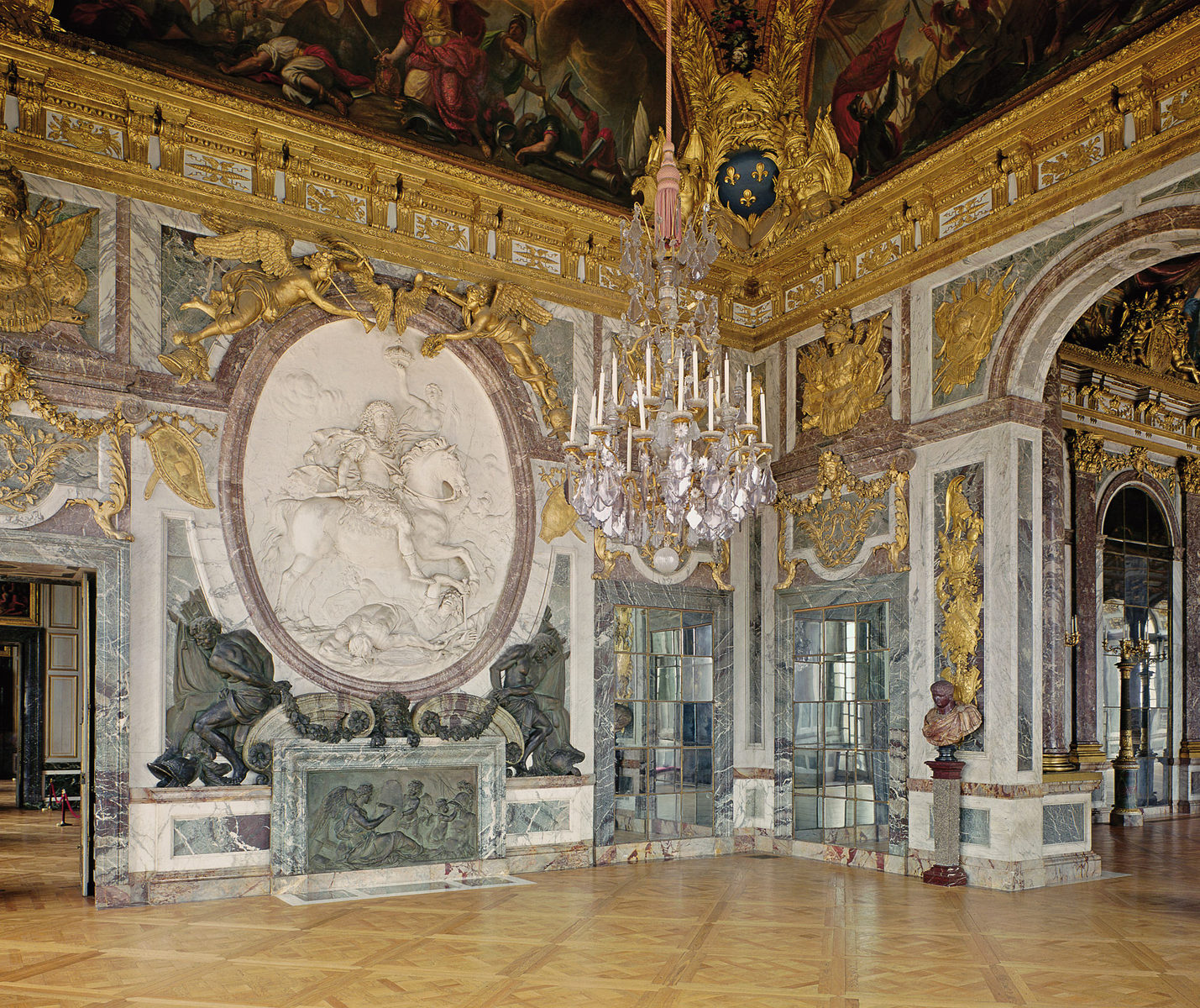
Plate 0.3The Salon de la Guerre (War room), Chteau de Versailles, designed by Jules Hardouin-Mansart, showing plaster relief by Antoine Coysevox of Louis XIV trampling over his enemies and lower part of the ceiling paintings by Charles Le Brun, 167886. Photo: Chteau de Versailles/Giraudon/The Bridgeman Art Library.
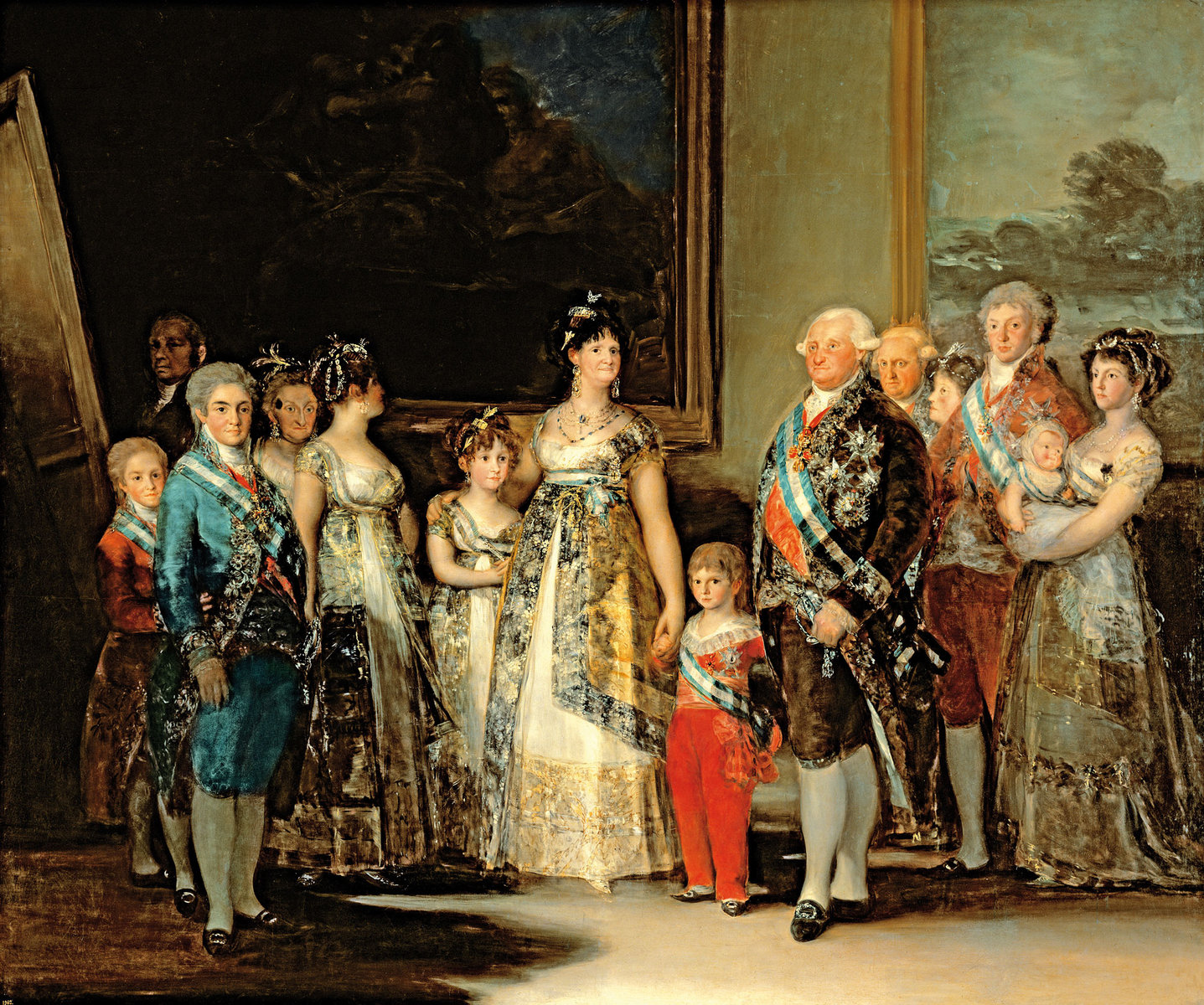
Plate 0.4Francisco Goya, The Family of Carlos IV, 1800, oil on canvas, 280 336 cm. Museo Nacional del Prado, Madrid. Photo: Museo Nacional del Prado/Giraudon/The Bridgeman Art Library.
By 1800, however, the predominant category was what Brger calls bourgeois art. His use of this term reflects his reliance on a broadly Marxist conceptual framework, which views artistic developments as being driven ultimately by social and economic change.7 Such art is bourgeois in so far as it owed its existence to the growing importance of trade and industry in Europe since the late medieval period, which gave rise to an increasingly large and influential middle class. Exemplary in this respect is seventeenth-century Dutch painting, the distinctive features and sheer profusion of which were both made possible by a large population of relatively affluent city-dwellers (chapter 2). In other countries, the commercialisation of society and the urban development that went with it tended to take place more slowly. Britain, however, rapidly caught up with the Netherlands; by 1680, London was being transformed into a modern city characterised by novel uses of space as well as by new building types (chapter 3). Here too, artists produced images that were affordable and appealing to a middle-class audience; notable in this respect was William Hogarth (16971764), who began his career working in the comparatively cheap medium of engraving. Even his famous set of paintings

